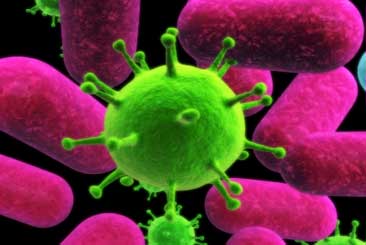
Antibiotic-resistant bacteria is causing world-wide health problems but a recent breakthrough may be health-care’s best defense in the fight against the rise and spread of drug-resistant bacteria. The discovery involves a novel process for extracting bacteria-fighting bacteria from soils and generating a potent drug from the extracted bacteria. One such drug, teixobactin, has proven very effective in animal experiments and, unlike many antibiotics, works in manner that makes it unlikely bacteria will develop a resistance to it. However, scientists caution enthusiasm should be kept in check as teixobactin has yet to be tested in humans and even if successful in clinical trials, will not be available on the market for a few years. Nonetheless, some measure of optimism is warranted based on a 2014 CDC report that antibiotic-resistant bacteria infects approximately two million people a year, killing 23,000.















